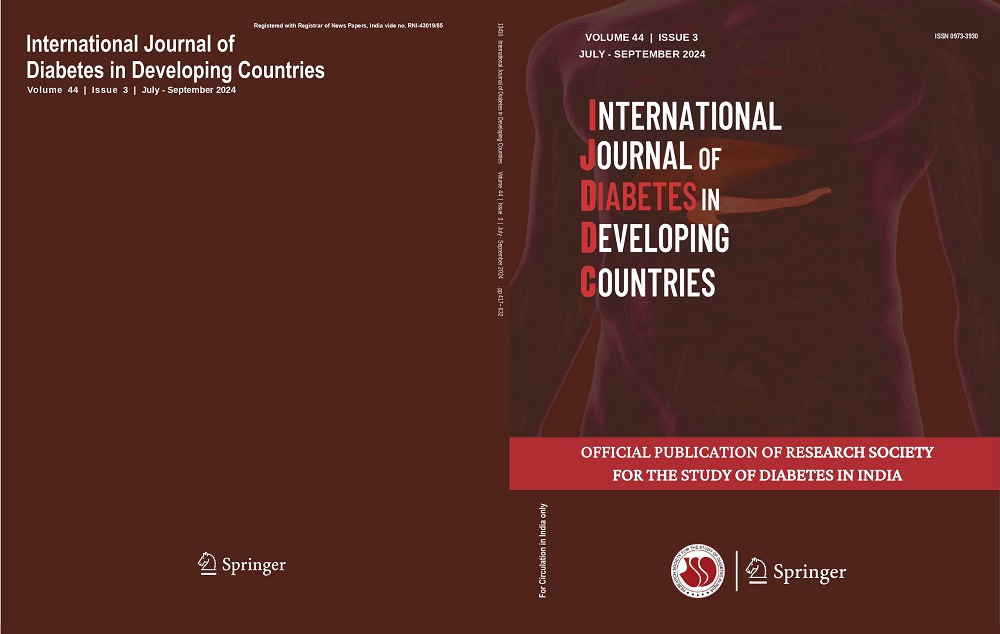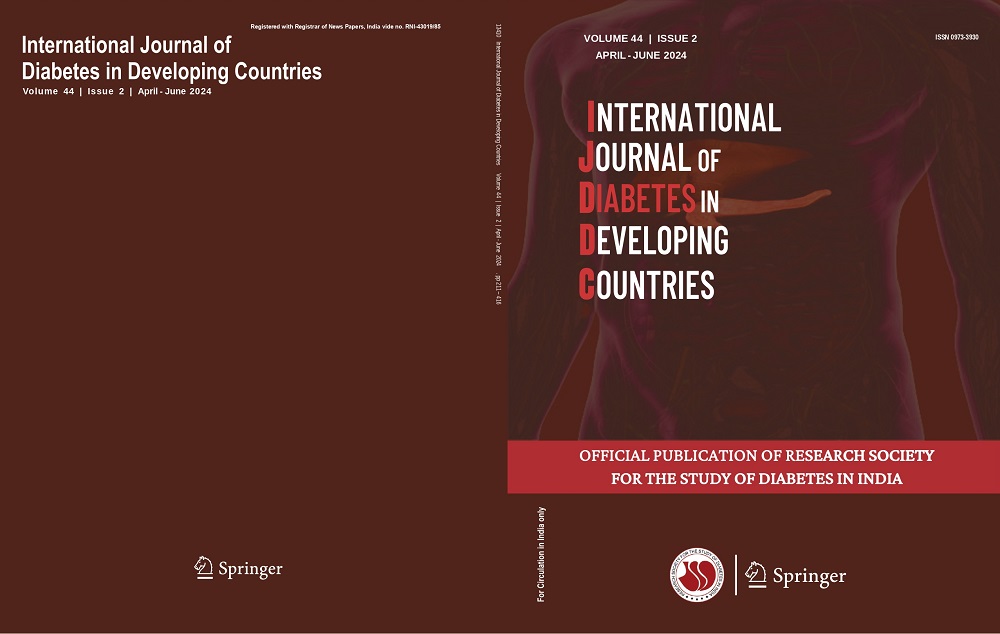Arnulfo A. Ríos-Cantú, Jorge A. Garza-Cerna, Hernán Chacón-Moreno, Yanko Castro-Govea, Everardo Valdés-Flores, Mauricio M. García-Pérez
Keywords
Tropical hand diabetes syndrome • Diabetes • Hand surgery • Hand infection • Amputation
Abstract
Objective Tropical diabetic hand syndrome (TDHS) is rarely described and recognized in the literature as a complication in people with diabetes, and Mexico has high incidence rates of diabetes mellitus II (DMII). The minor or major amputation of the arm represents a physically and economically significant morbidity problem in patients. To optimize the diagnosis and treatment, in this work, we identify prognostic factors and their association with the severity of TDHS and the need for amputation in patients with diabetes mellitus and hand tissue infection.
Methods A total of 55 patients with a confirmed diagnosis of DMII with soft tissue infection in the hand referred to the plastic and reconstructive surgery department were studied for their evaluation and treatment. We analyze sociodemographic and clinical factors and follow-up of remission and recovery in limb functions.
Results In our study, we identified factors associated with amputation such as schooling under 6 years (OR: 21.98, confidence interval (CI): 1.21–3.98, p = 0.003), body mass index ≥ 20 (OR: 0.07, CI = 0.003–1.41, p = 0.031), and history of amputation (no upper limb) (OR: 5.9, CI = 1.11–32.1, p = 0.032). Furthermore, people with TDHS requiring amputation had slightly higher glycated hemoglobin (Hb1Ac) ≥ 10% (OR: 2.36, CI = 0.62–8.98, p = 0.338), and the risk of death was also increased (OR: 3.4, CI = 0.355–32.6, p = 0.288), although these outcomes did not reach statistical significance.
Conclusions Risk factors for amputation as a treatment of THDS are directly linked to lower schooling status, poor nutrition/low weight, as well as previous amputation procedures in patients. These data will help to establish a timelier evaluation and management in patients with suspected THDS.




